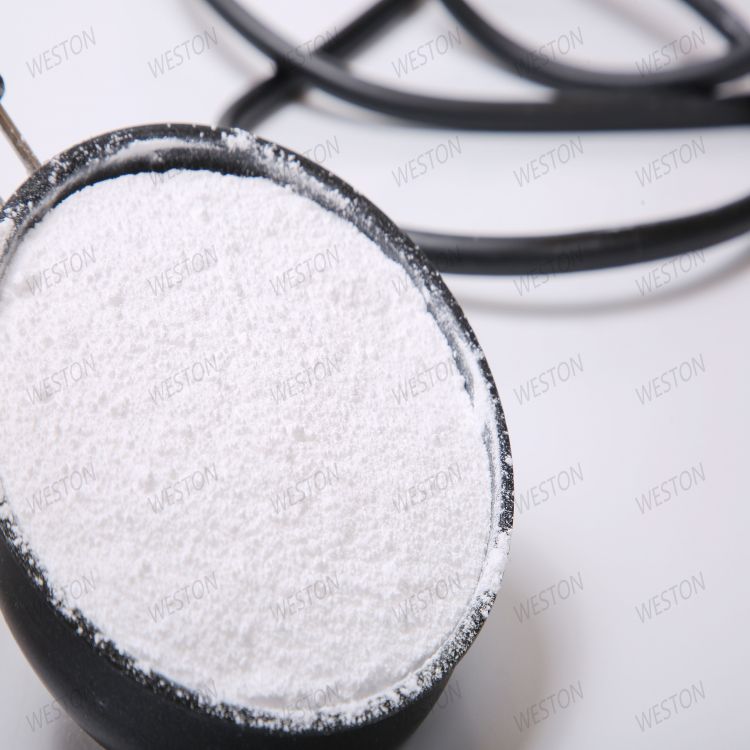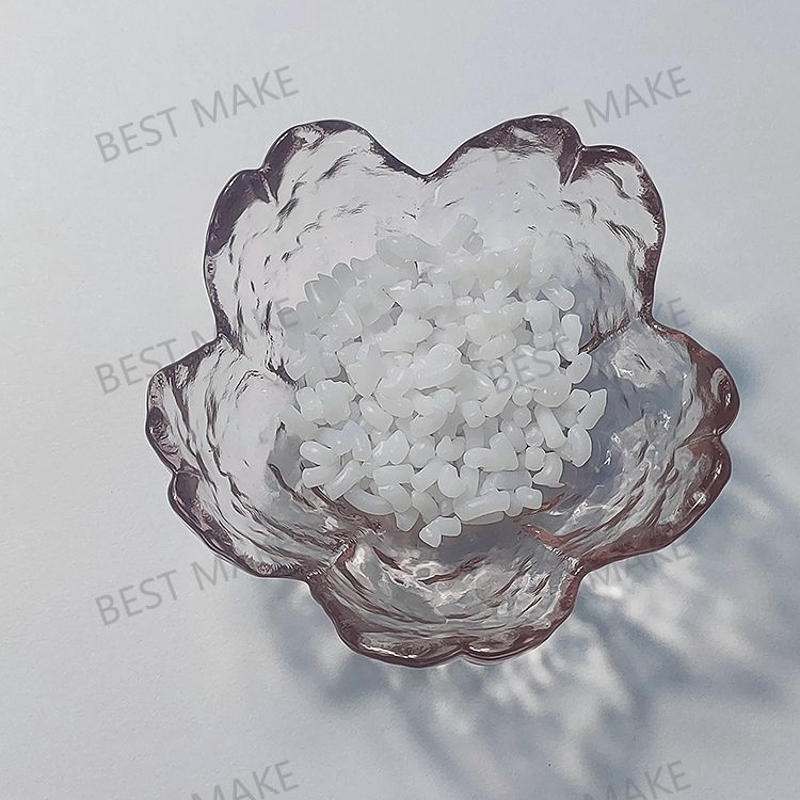-
Categories
-
Pharmaceutical Intermediates
-
Active Pharmaceutical Ingredients
-
Food Additives
- Industrial Coatings
- Agrochemicals
- Dyes and Pigments
- Surfactant
- Flavors and Fragrances
- Chemical Reagents
- Catalyst and Auxiliary
- Natural Products
- Inorganic Chemistry
-
Organic Chemistry
-
Biochemical Engineering
- Analytical Chemistry
- Cosmetic Ingredient
-
Pharmaceutical Intermediates
Promotion
ECHEMI Mall
Wholesale
Weekly Price
Exhibition
News
-
Trade Service
9 Factors causing overheating and handling precautions
9.
Generally, any condition that causes the temperature around the vapor to exceed the vapor temperature at which the liquid is in equilibrium will cause overheating
9.
Use the following methods to avoid contact between the gas flame and the distillation flask:
9.
9.
9.
9.
Attention should be paid to the location of the gas lamp and the characteristics of the flame as follows:
9.
9.
9.
9.
External heat sources (such as direct sunlight) can cause overheating
9.
When reusing the instrument, observe carefully before using it
9.
Generally, electric heaters can cause overheating, and can only be used after comparing the results of using gas lamps
10 Result calculation
10.
1 Correct the inner diameter of the thermometer and the shrinkage of the mercury bulb in accordance with certain standard methods or by the relevant verification department
.
10.
2 Perform air pressure deviation correction from the standard atmospheric pressure on the thermometer reading according to formula (1), and take the algebraic sum of the thermometer reading and the correction value as the measurement result
.
The correction value (δt) is calculated as follows:
(δ t )=K(101.
3-P)……(1)
Where:
K—The rate of change of boiling point with pressure, in degrees Celsius per kilopascal (°C/kPa);
P—Test atmospheric pressure corrected to 0°C, in kilopascals (kPa)
.
10.
3 If the distillation range does not exceed 2°C, a comprehensive calibration of the thermometer and air pressure
.
10.
4 The boiling range of the sample is expressed by the temperature interval between the initial boiling point and the dry point, in degrees Celsius (°C)
.
11 Precision
Through statistical analysis, the precision of the test results in the laboratory is related to the purity and boiling point of the sample
.
Generally speaking, the precision increases with the increase in sample purity and the decrease in boiling point.
For mixtures with a wide boiling range at the evaporation temperature, the precision is poor
.
11.
1 Repeatability (r)
In the same laboratory.
The absolute difference between the two independent test results obtained by the same operator using the same equipment, using the same test method, and testing the same object under test independently in a short period of time is not shown in Table 3.
The value shown is based on the premise that it does not exceed 5% if it is greater than the value shown in Table 3
.
11.
2 Reproducibility (R)
In different laboratories, different operators use different equipment, and the same test method is used to test the same object independently of each other.
The absolute difference between the two independent test results obtained is not greater than the value shown in Table 3.
, Assuming that the value in Table 3 does not exceed 5%
.
Table 3 Precision
12 Experiment report
The test report vehicle should include the following content:
a) The type and characteristics of the tested sample;
b) Reference to this standard or corresponding national standards;
c) The test results required to be recorded in the product specification
.
If you do not need to report detailed results, report the corrected humidity for each observation volume, the volume fraction of residual liquid, recovery and distillation loss;
d) Any deviation from the specifications in the product manual;
e) Test data
.







